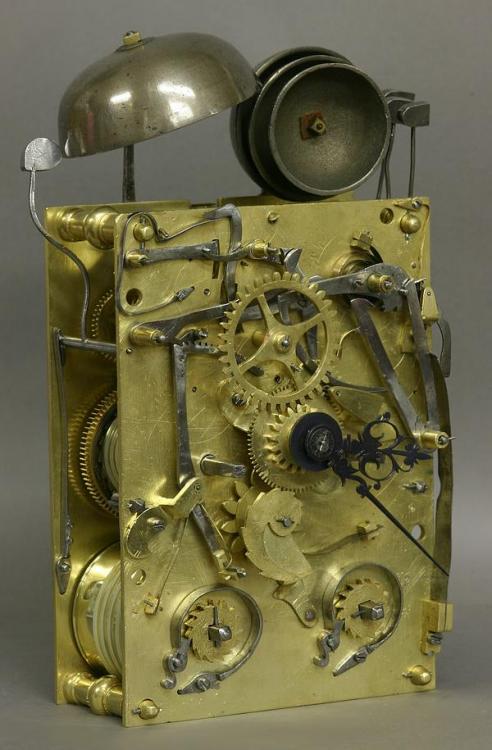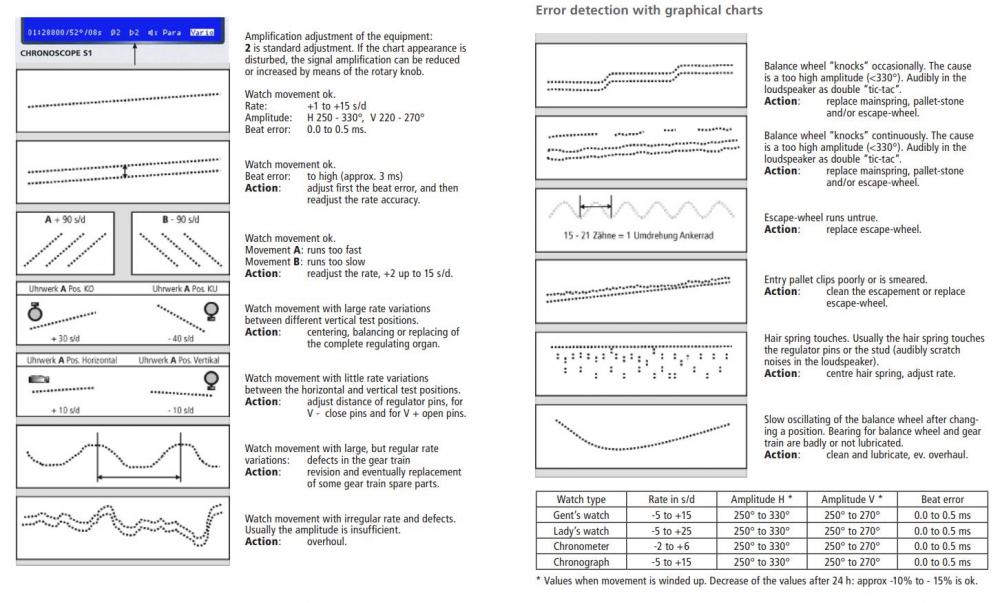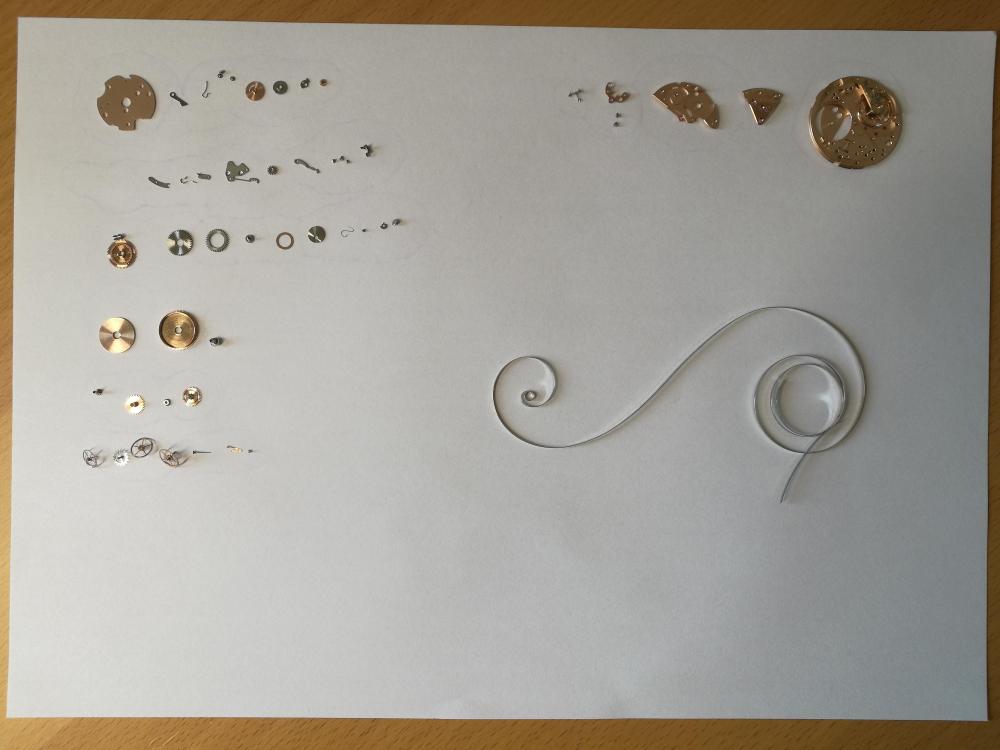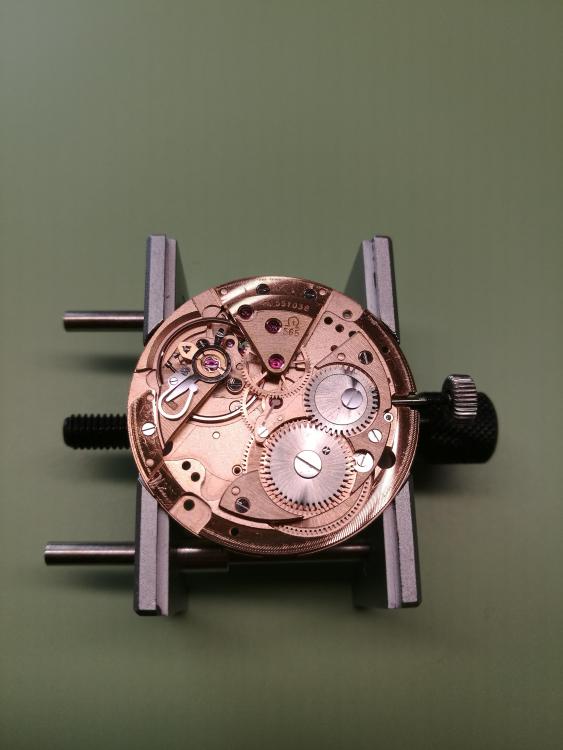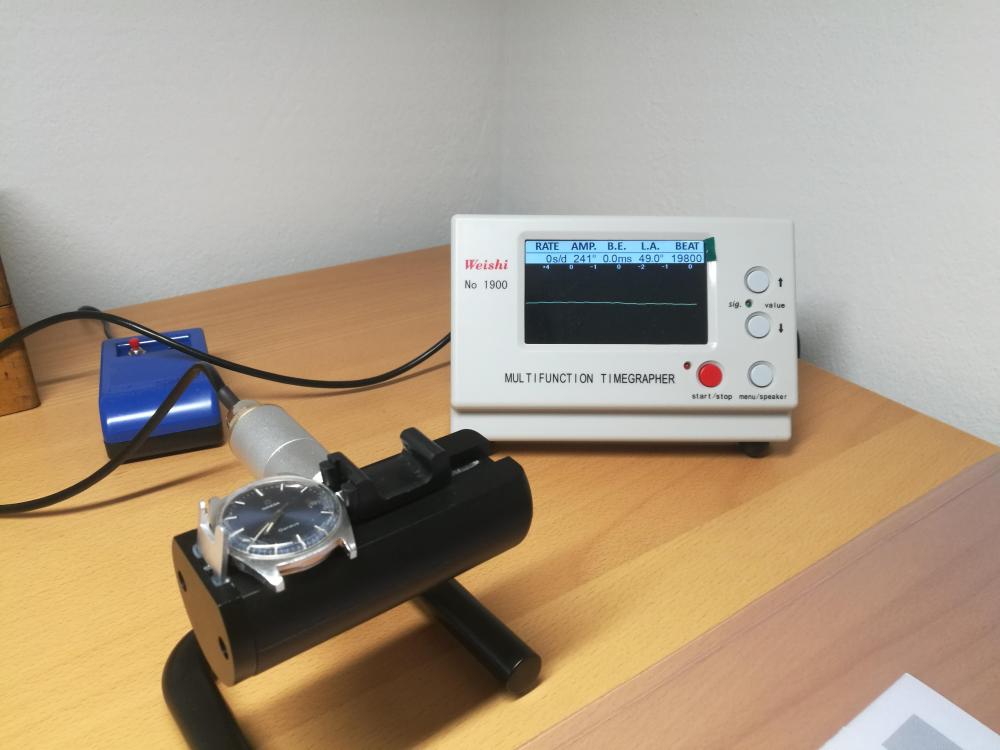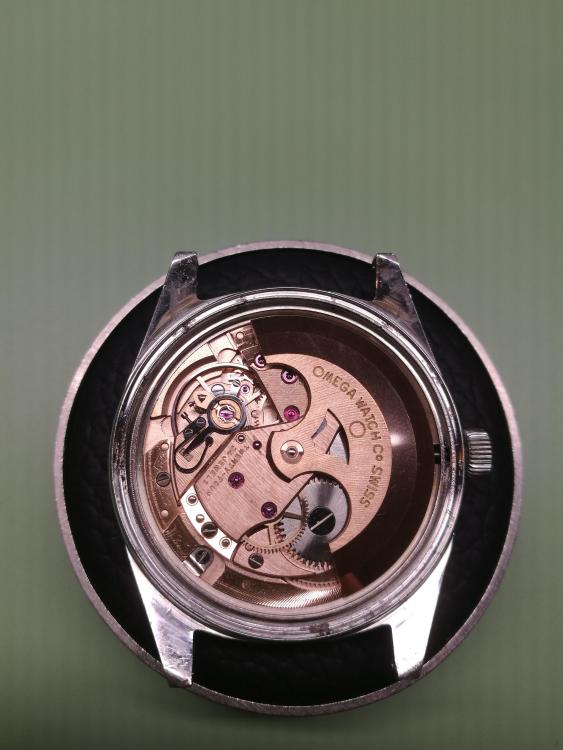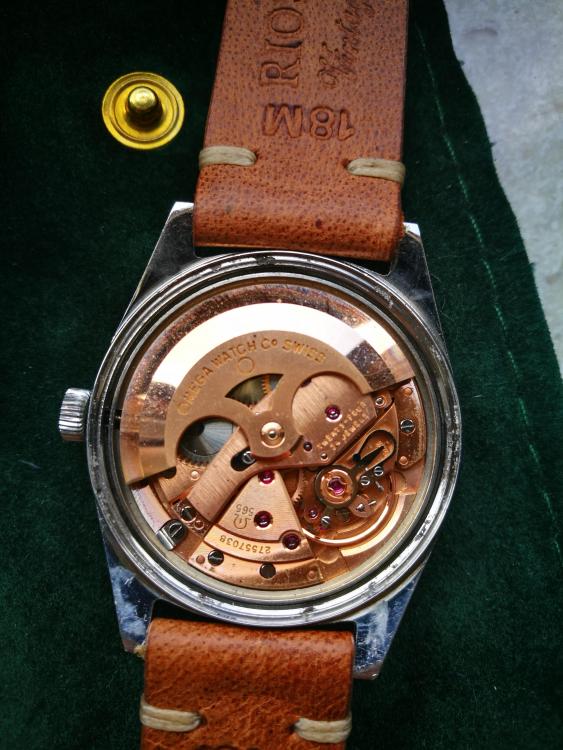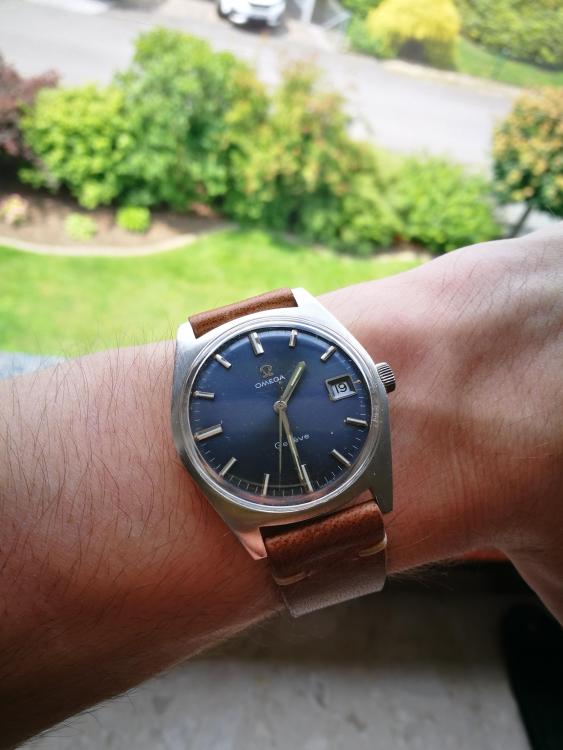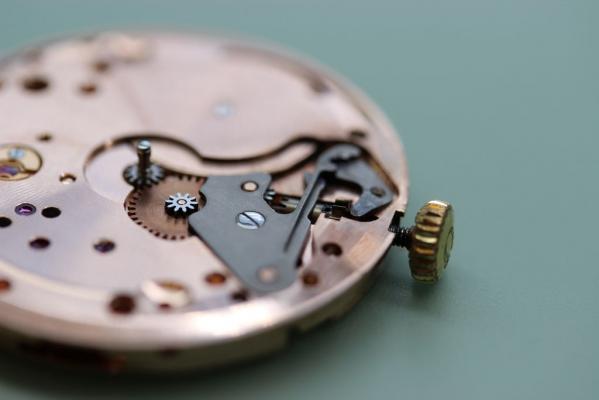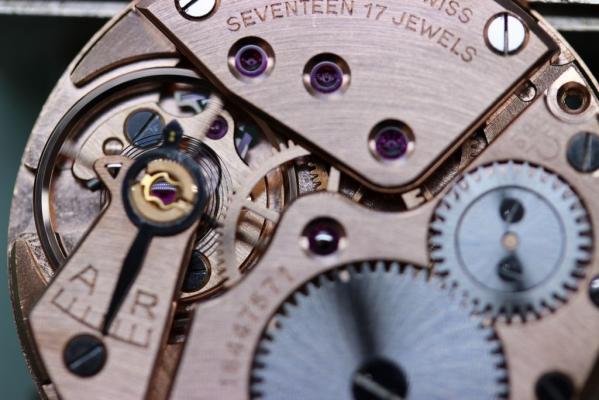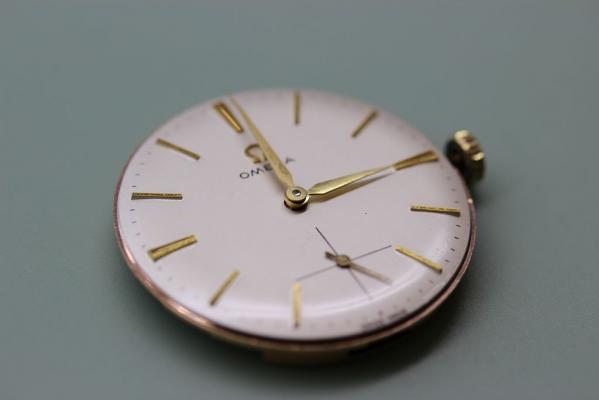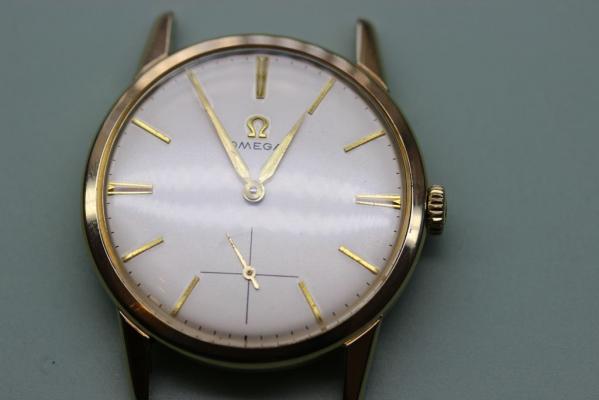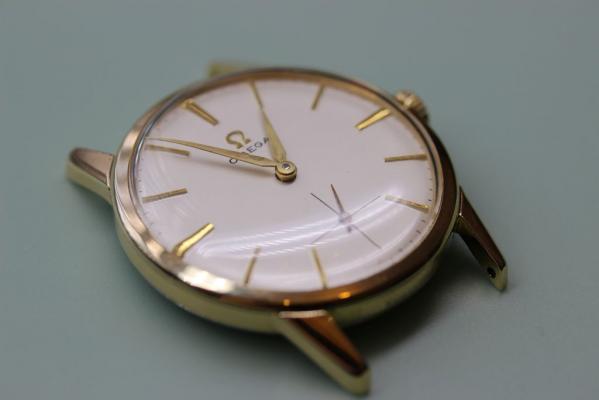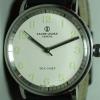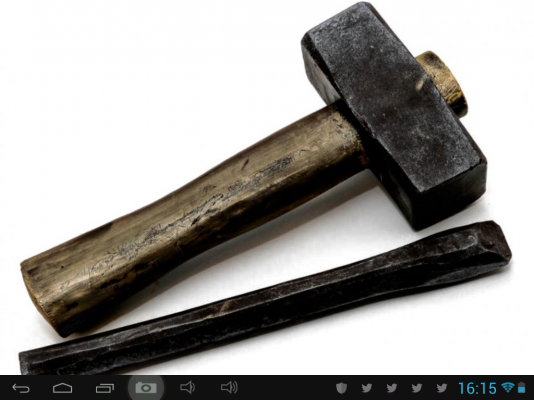Leaderboard
Popular Content
Showing content with the highest reputation on 08/25/20 in all areas
-
2 points
-
Well if you look at the beginning of the graph which is posted you see there is a quite a dip in the beginning, that is not normal. Since it is a microphone-based system what you see is a graph recorded from the noise coming from the movement which is then filtered through an array of low pass and high pass filters and the result is then run through a signal processing system to find the resulting peaks. The amplitude will be a result of the median of these peaks. A faulty escapement would give some small ticks with a period of about 5 seconds, but a fault in the mainspring like when it is stuck to gue in the barrel will generate a random dip when it gets loose, just as you see in the posted graph. In general, I would think by now the cleaning and lubricating of the pallet jewels and the impulse pin will give you a boost in amplitude and usually one can’t see a uniform oxidation on the impulse faces on a time graph. To gain a 10-15 degrees more one could lubricate the jewels too with for example Moebius 9415. But a worn escapement, pallet jewel for sure will give some new noise to the pattern. So my point here is to not jump into conclusions to fast when a random graph is posted but instead take a systematically and methodically approach . I forgott to paste the Witschi graphs as an example of some common curves. There will of course be varieties of the graphs but I guess they wanted to give some examples. Here you see how the train can act erratically over a long time picture 6 on the left one have to keep in mind the waves are elongated over longer times the futher back in the drivetrain it appears, compared to a untrue escape wheel (worn pivot) which will generate a wavy pattern with higher frequency.But in both examples the ampltude will get lower since you get presented with either the effective value or median value of the amplitude depending of which filtter the manufacturer decides to use. Well guess tht was all from me today2 points
-
Hi Mike welcome to the forum from an exile from Tadcaster Nr York, Gods own1 point
-
1 point
-
I think some of the watch companies do sometimes recommend heavy oils you have quite a fluctuation of what is recommended today versus yesterday.. The only real concern I can think of is you do want to make sure whatever you put on the Canon pinion does not get pushed down and next with the center wheel lubrication. But otherwise probably just about any grease including automotive would work. As long as it's sympathetic and doesn't disintegrate.1 point
-
1 point
-
All, Thanks for the replies and information. I usually buy my project watches off goodwill.com at a cost of about $10.00 average so I expect this type of thing sometimes. It is still a good learning experience. And yes, as a new comer I do still have problems aligning the train works but practice, practice, practice. Thanks again for your time and consideration.1 point
-
Hope I’m not throwing a cat amongst the pigeons, but: it’s only a canon pinion. Somewhere between a heavy oil or grease will do a fine job. It’s critical that the part is lubricated, but it’s function is quite crude, in the same way that setting the friction by pinching the pinion is also quite crude.1 point
-
Hi OH, A million years from now, folks will study this dinasour-caliber and wonder if it ate its own kind.1 point
-
Cupillards movements should fetch about $40 on ebay then you can buy a seiko in good condition with the proceeds.1 point
-
1 point
-
I don't know if you noticed but we've had some recent people sharing the servicing of their Omega watch.The first link below is the 565 and the amplitude is around 240° just about what you have. The second link seems to missing the timing machine results but you might find the servicing notes helpful. Then Omega considers the 552 and 565 in the same family. Also I find it interesting that the watch keeps good time but you're unhappy with the amplitude? Then the second quote more or less what I would ask and I would be curious about the amplitude at 24 hours and of course timing in multiple positions. When timing a watch it's always important to establish a timing procedure. At least this is what watch companies suggest you should do. So for instance Omega's recommendation is when you wind the watch up you wait somewhere between 30 and 90 minutes. I find personally around 30 minutes is good. Then 24 hours later is considered 23 1/2 hours all the way to 25 hours. Also when changing positions on the timing machine they suggest a stabilization time of 20 seconds. Then 40 seconds per position for how long they measure. Now that we have a timing procedure it be nice if you would time the watch and get back to us with results. Even though the watch companies specify the number of positions for various watches for diagnostic purposes it's really nice to time in six positions. Dial-up and dial down and using the crown is a reference or whatever you like as a reference four separate positions. Like crown up right left and down six positions. Then writing down the rates in those positions and the amplitude beat is of lesser importance. Then you give us the numbers and it be really nice 24 hours later you do the test again. I find watch companies interesting versus discussion groups. In the discussion group like this the most important thing of all is amplitude followed by timekeeping. Strangely enough the watch companies are more concerned about timekeeping and typically only worry about minimum amplitude at 24 hours. Then until the original poster comes back with some real numbers it's pointless to jump to conclusions whether the watch has a problem because we don't have enough numbers to compared to what Omega has for timing specifications. https://www.watchrepairtalk.com/topic/15628-first-project-omega-genève-cal-565/ https://www.watchrepairtalk.com/topic/15848-omega-552-servicing-notes/1 point
-
Thatis normal when buying low priced watches from India. Now you're the owener of a frankenwatch of the Mumbai specials variety. Here we finds parts and documentation the same way you do, that is, searching the Internet. Service manuals are not available for all movements, or sometime they just consist of a part list. Since I suppose you're a beginner it is quite normal that you're having some difficulty putting back together a watch movement. Cousins UK has the stem and you can fit a crown of your liking. BTW, we've a dedicated section where is considered polite for new members to introduce themselves.1 point
-
Today, a watch from my past. A Casio Ana-digi AQ-321 from some time after 1983. Back when the world was young, and so was I, I often repaired "stuff", which had hazardous voltages, and I was in the habit of taking off my watch and popping it in my tool kit, or jacket pocket or indeed anywhere that it wasn't likely to snag on something and get me zapped. This is a habit I still adhere to. Today I was out in the shed where my lawnmower lives, rummaging through a bunch of stuff looking for a screw driver, to take the air filter off the mower, when I came across a watch I thought I had lost years ago, most probably left at a customers site. It was sitting in the bottom of one of my old tool boxes. Naturally the battery was flat, but other than that and a few minor wear scratches, it has no issues. This watch has probably spent at least 15 years sitting in various sheds and out houses, with winter temperatures that can get pretty darned cold (-10C is not unheard of round here, and at least one winter in the last ten got down to -16C). The battery hadn't leaked and the LCD hadn't burst. There is no mould or other damage. I even remember buying the thing in a Jewellers shop in Falkirk. qw305.pdf1 point
-
What is the amplitude like in the other positions, and what is it after 24 hours? By the way, you mean Omega 565? How long have you let it run in?1 point
-
Hi Attached is the Venus 170 tech sheet so should help in placing the screws in the right holes. Although not an exploded diagram all the screws are numbered with their description . 923_Venus 170 (1).pdf1 point
-
Right there with you. Electrickery! In the middle of a similar project. A cheap-o Chinese 6J1 powered phono preamplifier purchased on Ali-X. Showed up with broken tubes, so I got new ones (after a refund for the amplifier was received). Once I fired it up though, there's no gain at all. My guess is that there are some incorrect or misplaced resistors in the gain stage, but I can't for the life of me find a schematic of the little **BLEEP**! If I want to make it work, I'm going to have to take it apart, make a schematic from scratch as it sits, then math it all out to figure out what the values are SUPPOSED to be, THEN if I'm lucky and it's just a component transposition error, put them back where they should be. If I'm not, I'll have to get really lucky to find a proper resistor in my stash or wait until the next time I need enough components to warrant the shipping cost.1 point
-
Hearing sad tales like this make me angry at businessmen who would do this to their clients. If such a technician wants to be in business to work on the kind of watches he agrees to repair, he should first learn as much as he can about them. And I think a situation like this (unassembled and unrepaired with missing and broken parts) warrants more than just an offer of money to cover future repair. He should have offered to replace the watch for you. Or offer to put a new movement in it. One should take responsibility for one's mistakes. He ruined your personal property. Saying it would take forever to fix is a poor excuse. I think he could have given more explanation and better compensation.1 point
-
Hey guys I just wanted to share with you my first project, an Omega Genève with the calibre 565. I saw it on Chrono24 for really cheap. It was sold as not working, but for the price I just couldn't say no to it and immediately bought it. When the watch arrived some days later, I opened the caseback to see if there is something obviously wrong with the movement what causes it to not run. A screw fell out and I noticed that it should keep the one missing caseclamp in place. I suspected that the clamp has made it's way into the train of wheels what causes the watch to stop. And indeed: a slight shake and it fell out and the watch started ticking, it wasn't running great at all but at least a sign of life so I hoped a service would recover it. Movement before service The movement was quite nasty, everything covered in small pieces of dirt and old oil. Stripping the movement down went quite smooth and I took photos of some parts to remember their location. I cleaned it in an ultrasonic cleaner with Elma Red and then rinsed it in distilled water and isopropanol. After all parts were dried I started to inspect them and I thought that they would all be fine, but that assumption turned out to be wrong later. All parts cleaned and dried (with expeption of the automatic assambly) When the movement was assambled again I was really happy to see it ticking again, but the joy only lasted for a short time, because it stopped after about a minute. I first inspected the balance again but it was moving freely so I assumed that the problem would be in the train of wheels, because the watch was running nice at first. When I checked the third wheel I noticed a small black dot between to teeth, barely visible even under magnification. I cleaned this spot and also all other wheels again and pegged out the pivot holes. After reassembly it was now running nicely. On the timegrapher the watch is running with around 240° in dial up and down position and around 220° in hanging positions. Beat error as well as positional error a quite low. I know that these results are far from perfect, but it's my first project and if I consider the condition it was in before I'm quite happy with the result The lession I've learned from this: spend more time on inspecting the parts, as it can save you a lot of time and nerves later I found a new original Omega Crystal for this case reference, now I just need to wait for it to arrive and it will be a nice watch again. I hope you enjoyed this short report and I wish you all a nice weekend1 point
-
So it sounds like, if someone is interested in an SKX-type case they can buy the exorbitantly priced "genuine article", which could be made in China -- or a high-quality aftermarket case, undoubtedly made in China, for a reasonable price. Given that the aftermarket options have proven their quality and value to me, I can recommend them.1 point
-
Is there such thing as a JDM SKX case, specifically? Is the case from an SKX007J made in Japan? You can't get an SKX OEM case, seperately, now anyway. My personal "knock-off" SKX cases are at least as nice as my OEM ones, if not better (drilled lugs). $79 should about do it for an aftermarket SKX007 case, which sounds pretty good given the current $250+ full price for an OEM SKX007J from a reputable online seller (way up since being replaced by the new "5"). Sure, grey market is cheaper. Fat spring bars should be about $6/pair from any seller. $22?1 point
-
1 point
-
1 point




